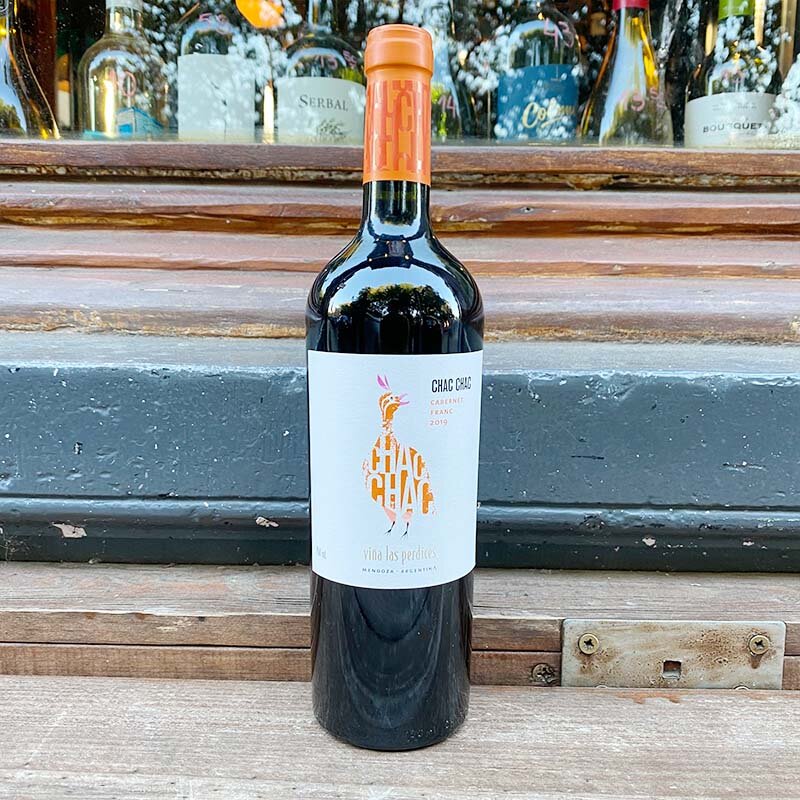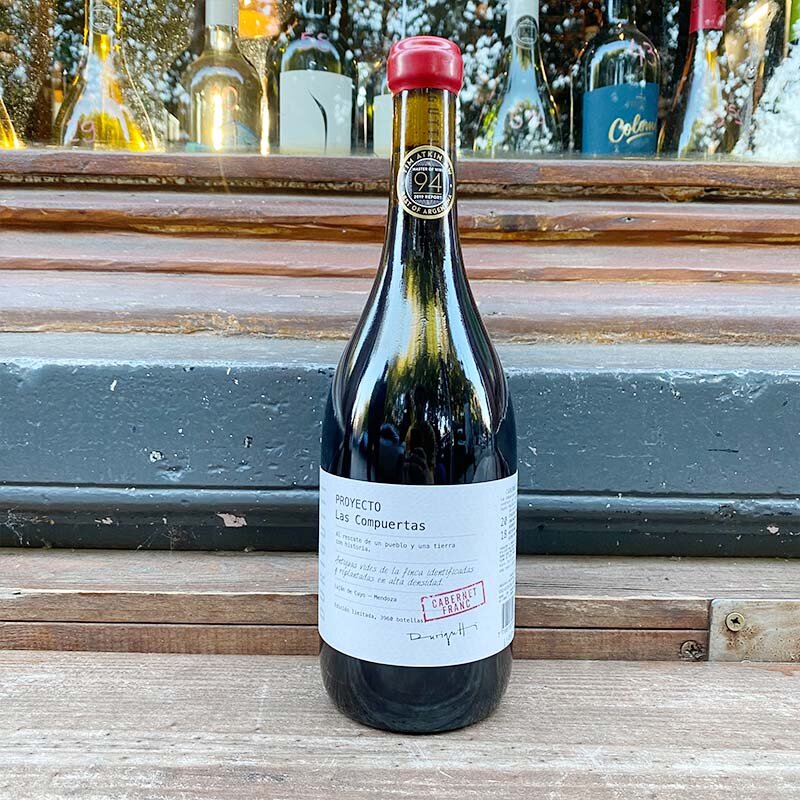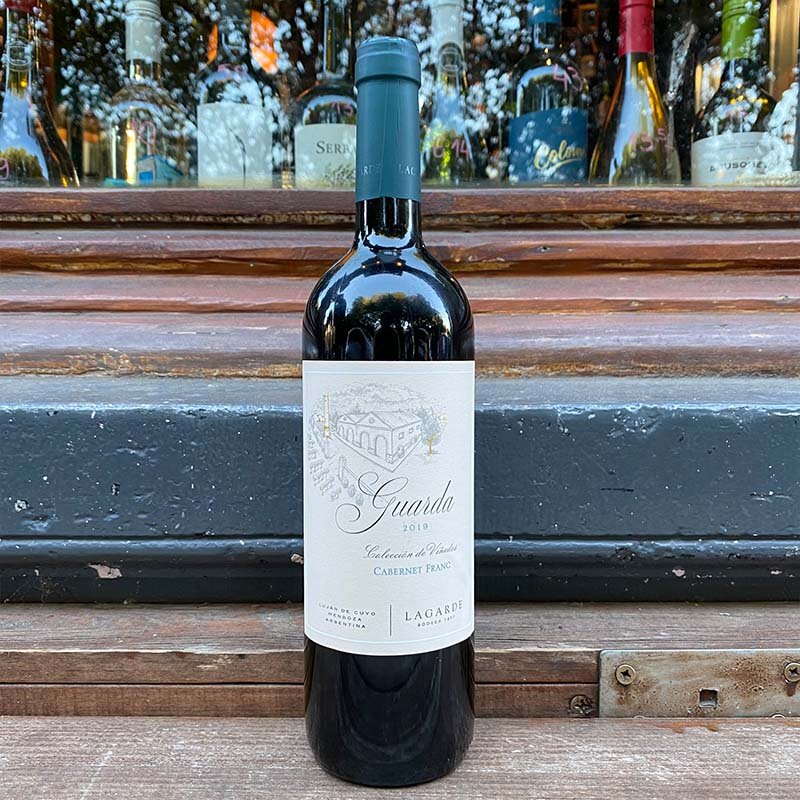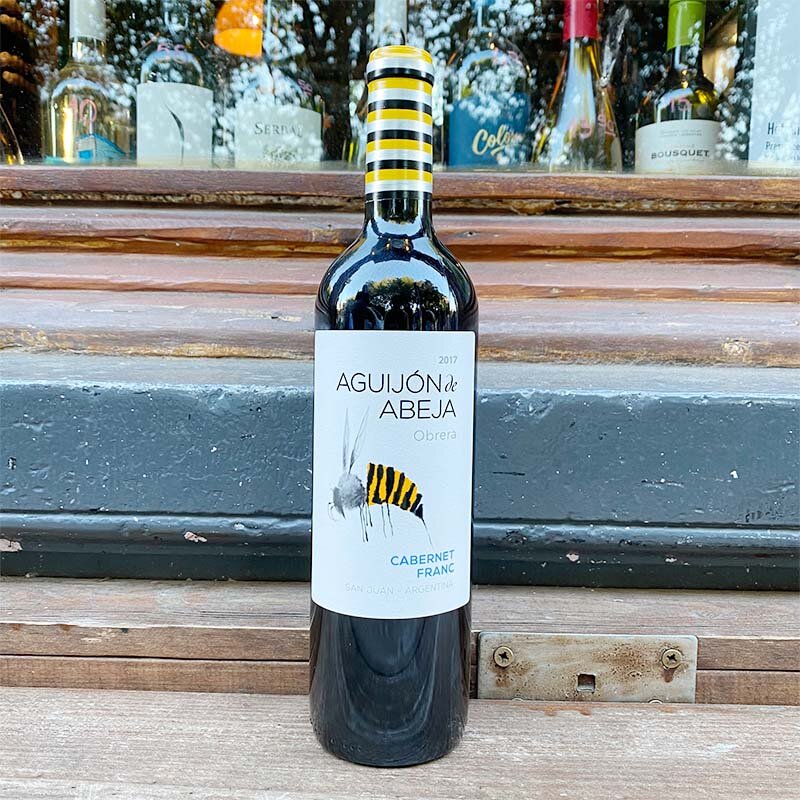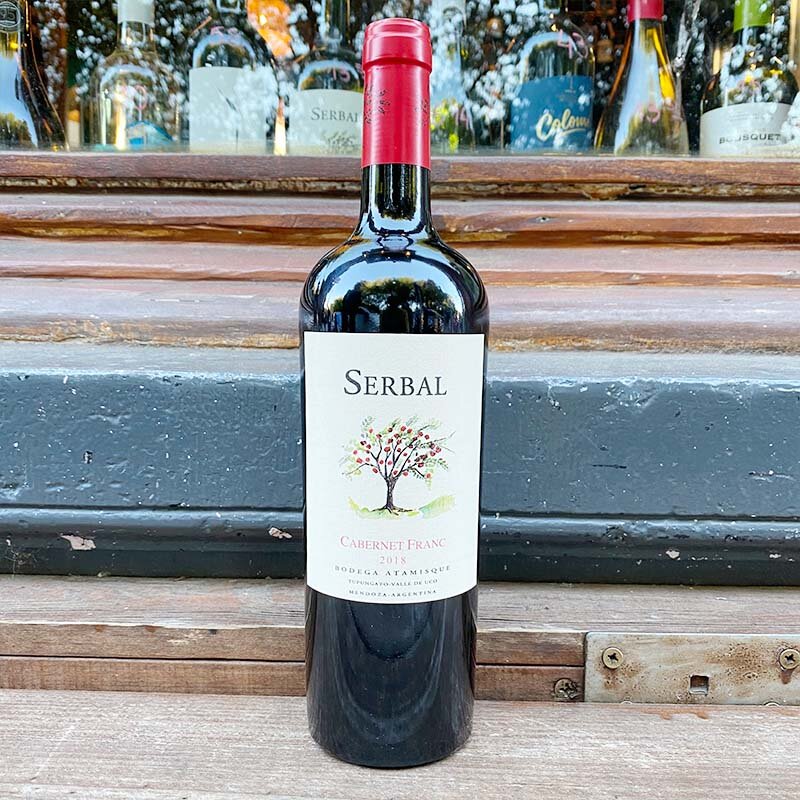Autumn pick: Cabernet Franc
The Grape
It is one of the most widely planted red grapes in the world, also called "Bouchet" or "Breton", was considered for a long time as the younger sister of Cabernet Sauvignon, being a very useful variety for cuts.
In some parts of northeastern Italy, Anjou-Saumur, Touraine and the right bank of the Bordeaux region in France, Cabernet Franc plays an important role in blends and is also vinified into varietal wines. Due to its early maturation, it is suitable for cold areas, such as Saint Emilion, where it creates the Cheval Blanc. In Lorie, this grape is consolidated in fruity varietals with a discreet amount of tannins, but nevertheless, with a higher acidity than that of the powerful Cabernet Sauvignon.
Cabernet Franc shares many of the same phenolic compounds and aromatic components as Cabernet Sauvignon, but with some noticeable differences. It tends to have a bright and clear red color, lighter pigmentation and produces wines with the same level of intensity and richness. It is often characterized by a hit to green vegetables that can range from leafy to green bell peppers. May have additional scents such as tobacco, raspberry, black currant, and violets. New World examples of Cabernet Franc tend to be more fruity and harvest can be delayed to minimize leafy green notes.
Cabernet Franc in Argentina
Like many varieties, in Argentina it has been planted since the mid-nineteenth century, particularly in old vineyards of Maipú and Luján de Cuyo. Since the 1990s high quality genetic clones have arrived in the country, promoted by winemaker Roberto de la Mota, which were widely planted. We must note that the total of Cabernet Franc planted area in Argentina is c.1,400 hectares (compared to c.43,000 hectares for Malbec).
Cabernet Franc of high altitude and, therefore, cold areas stands out such as those coming from Gualtallary and El Cepillo, in the Uco Valley, Mendoza or Pedernal, in the San Juan mountain range. But they also stand out in areas where there is good maturation, such as in Agrelo and in Las Compuertas in Luján de Cuyo, Mendoza.
In Argentina Cabernet Franc is a deep wine, with a concentrated and very expressive violet color, with aromas of red and black fruits, wild herbs and spices. On the palate, it is voluptuous with good tension and firm tannins, which show great aging potential.
Cabernet Franc offers two large stylistic groups: those of height, where freshness and red fruit are dominant, with a medium body; and those in warmer areas, in which the herbal and pyrazine (pepper) profile tends to prevail, with black fruits and a good body.
Lars Daniels Master of wine who writes for the special magazine Perswijn says about Proyecto Las Compuertas Cabernet Franc: “This beautiful wine highly recommended. Ripe and aromatic, with a little pyrazine for perfect freshness. Another example of delicious contemporary Argentine wine. and highlights the potential of the CF not only in Valle de Uco but also in Lujan de Cuyo”.
Paz Levinson, renowned Argentine sommelier based in France explains, “In Argentina, Cabernet Francs are unique, they maintain a good balance between the purity of the Loire and the structure of Bordeaux. It is a unique combination, where the acidity is medium high, the fruit is very clear at the right point of maturity with wild notes of thyme and jarilla. They are wines of impact in the middle of the mouth. The good thing is that they do not resemble Loire or Saint Emilion but with something from both regions they display their own charisma”.
Winemaker Alejandro Vigil, with his Gran Enemigo Cabernet Franc (Gualtallary 2013) achieved 100 Wine Advocate points, in addition to obtaining a Gold Medal in the last Decanter Wine Awards along with two other of his labels (Los Chacayes and El Cepillo) made with the same grape, says: “Cabernet Franc has several advantages compared to Malbec or Cabernet Sauvignon. On the one hand, it is easier to drink and offers an exotic aroma that seduces consumers and tasters. In addition, it is a very transparent strain to the terroir and allows you to find the expression of the place. It is a conjunction of taste, sense of place and character, which makes it unique”.
Today we have numerous Cabernet Franc labels in stock (as you can see in the above gallery). Come and taste them or join the first wine tasting evening dedicated to this varietal on October 28!
Cheers!

